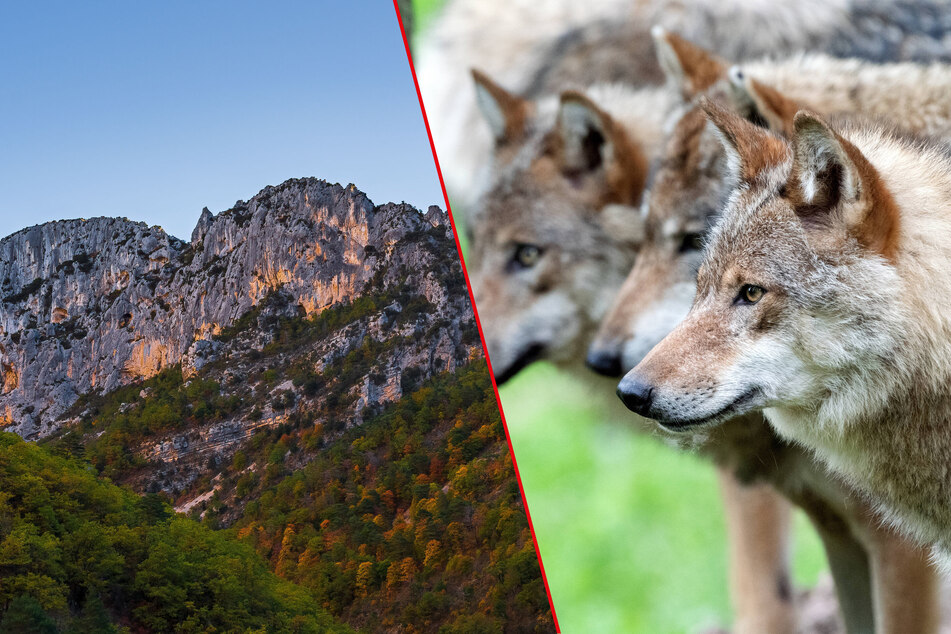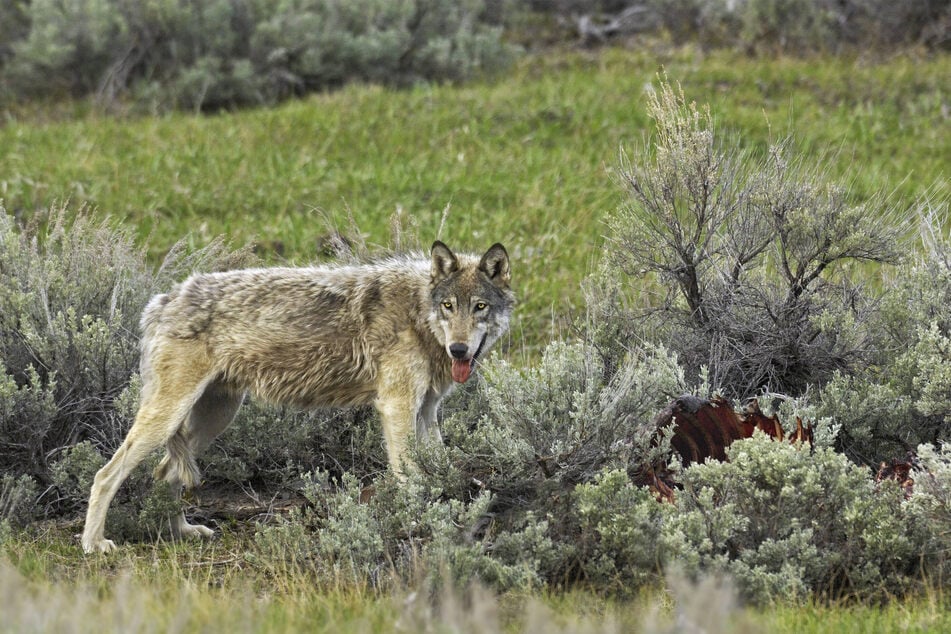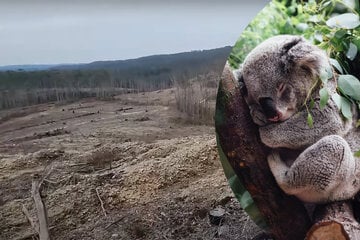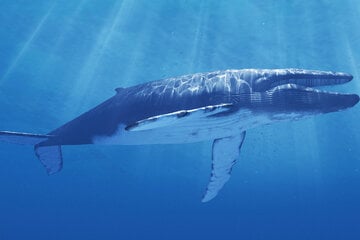Wolves are coming back to Colorado, but is it a good thing?
Denver, Colorado - In a 2020 public ballot, Colorado voted to approve the reintroduction of wolves to the state's western slope. Three years later, many are still wondering whether it was the right decision. Let's look at the facts.

According to Proposition 114, the measure voted on by residents of Colorado in 2020, gray wolves are set to be reintroduced by the end of this year. The move aims to bring back a wolf population extinct since the 1940s.
The idea was championed by non-profits like Wild Earth Guardians, who argue in part that wolf restoration is inherently valuable as it increases populations and moves the species further from extinction.
There is also the possibility that returning wolves to the national landscape of Colorado will cause a "Trophic Cascade," as it has been proven to do in places like Yellowstone National Park, which saw tremendous success with the return of wolves.
"Trophic Cascade" is basically the idea that reintroduction will cause a chain-effect, bringing back and helping with the recovery of other plants and animals in an ecosystem. In Yellowstone, wolves reportedly contributed to willow and aspen recovery, which then had major flow-on effects.
This all has a lot to do with elk, which are the primary prey of gray wolves, and have become the basis on which authorities have determined the distribution of wolf reintroduction. The inevitable hunting of elk by wolves will have an impact on those populations and, again, have knock-on effects.
All of this is not to say that there aren't a plethora of valuable opposing views on the subject of wolf reintegration. A particular challenge comes from within the livestock industry, which has reportedly seen increases in wolf-related fatalities, though these claims have been challenged by organizations like the Human Society. These livestock fatalities can be both direct (killings) and indirect (related stress and sickness).
Considering the possibility of immense success, is it possible that wolf reintroduction could still be a mistake? Well, it's complicated.
History of Colorado wolves
Gray wolves have been native inhabitants of North America and Eurasia for thousands of years, but have been more or less missing from the state of Colorado since 1940.
The sad reality is that human activity has more than destroyed any hope of a naturally-induced return of wolf populations to Colorado. The situation is so poor that the discovery of a single wolf in 2019 made state and national news, helping to spur the movement to pass Proposition 114.
Wolves were gradually eradicated from Colorado in the early 20th century in a process that was systematically undertaken via shooting, trapping, and poisoning. The argument was that wolves were attacking wildlife, limiting opportunities for hunters, and killing livestock.
A wolf's diet is made up predominantly of deer, elk, bison, and rodents. Despite wolves being missing from Colorado, populations of these particular animal species have declined in the state since the 1970s. This throws water on the argument that wolf extinction has led to an overpopulation of various animals.

Where are the wolves being reintroduced in Colorado? And what's "Proposition 114" all about?
According to the Colorado Wolf Restoration plan voted upon in Proposition 114, the Colorado Parks and Wildlife Commission has to reintroduce 30–50 wolves to lands west of the continental divide. This process, which will likely take many years, must begin by the end of the 2023 calendar year.
The wolves will be moved from neighboring Rocky Mountain states to guarantee adaptation to the local environment. There are twelve expected sites where they will be introduced across the area, each of which have high elk and deer populations.
Each individual wolf will be released and equipped with a GPS monitor, allowing Colorado Parks and Wildlife to track and monitor their movements once they are roaming. Authorities are guaranteeing about a 50-mile buffer between any release locations and state lines, to maximize the chances that these wolves will stay within Colorado.
The 300-page plan released by Colorado Parks and Wildlife sets out all the details surrounding Colorado's wolf restoration effort, as well as scientific and legal justifications for actions taken.
Is it a good idea to reintroduce wolves in Colorado?
There is a very strong argument, made by a variety of conservation specialists, that reintroducing wolves to Colorado's national parks is a bad idea. The arguments center around two main points: that there is a lack of evidence suggesting that reintroduced wolves will benefit the local ecosystem, and that wolves will cause serious problems for other wild and domesticated animals.
Wolves are wild, efficient, and violent hunters capable of killing large amounts of livestock, and will hunt elk, bison, and deer. The concern is that the reintroduction of wolves will not serve the proposal's purposes, and will actively cause harm to local wildlife.
Proponents of the plan argue that the reintroduction of wolves aligns with goals laid out upon the establishment of the park in 1915. The relevant line states that the park was established for "the perpetuation of natural features in as near to pristine conditions as possible."
It is argued that if at least 150 wolves are settled into Colorado, their conservation status will be improved and pulled out of the "State threatened" status under which they are currently listed. While this is true, the real question at hand is whether such a thing would be genuinely beneficial to the environment.
That's where we come to the crux of the matter. The purpose of conservation efforts like Proposition 114 is to improve biodiversity and increase the health of the overall ecosystem. It seems, though, that the debate is very undecided.
Whether the reintroduction of wolves is a good or bad idea is a discussion that's up to the relevant authorities, conservationists, and scientists. It's a conversation with many pros and cons that, at this point, doesn't seem to have a clear answer.
Cover photo: Collage: IMAGO/Wirestock/Reiner Bernhardt



